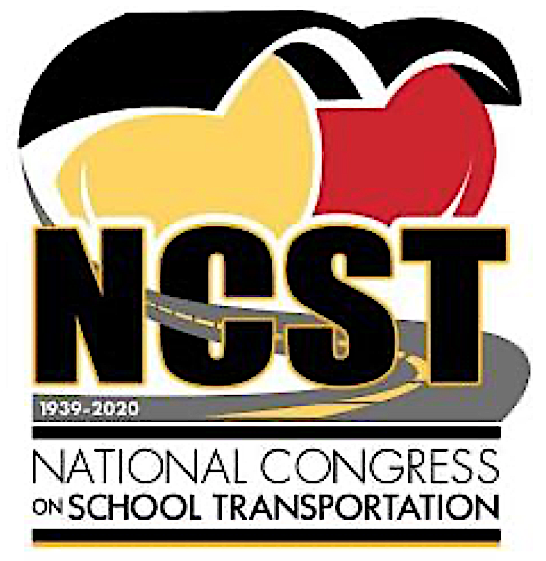
Guiding Principles
Recognizing that many of these specifications and procedures (those using the above definition of shall) are recommended as requirements and will become requirements when they are adopted into regulations by individual states, Head Start agencies or local transportation providers, the principles and guidelines for the intended use of the NSTSP are consistent with the following “Statement of Understanding” adopted by the Steering Committee of the 14th National Congress on School Transportation and reaffirmed by the Steering Committee of the 15th Congress for inclusion herein. In the context of the overall NSTSP, the following statement reminds persons that until the specifications and procedures are adopted into state regulations, either by reference or directly, adherence to their provisions is voluntary:
|
